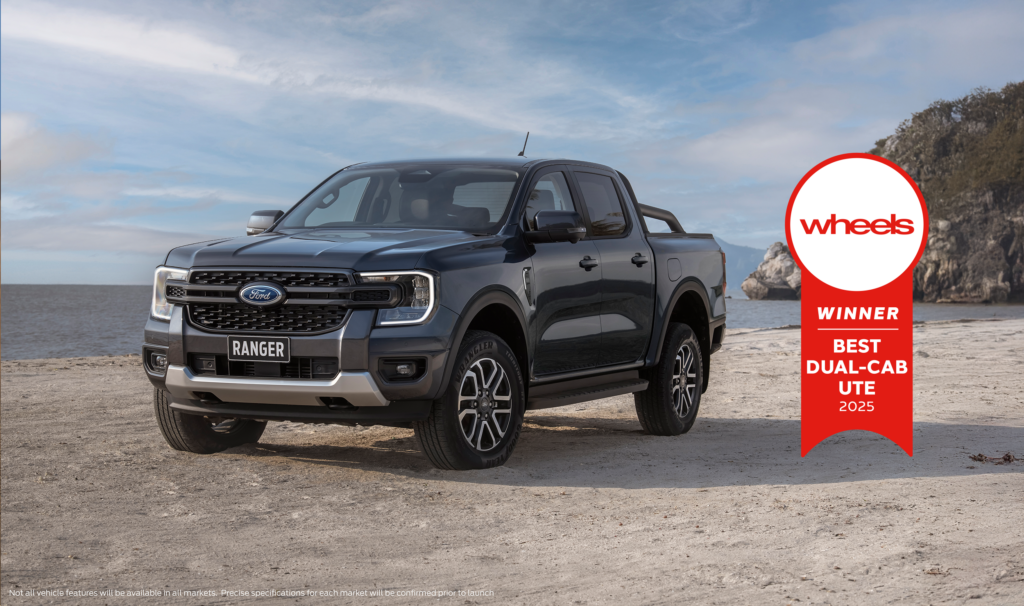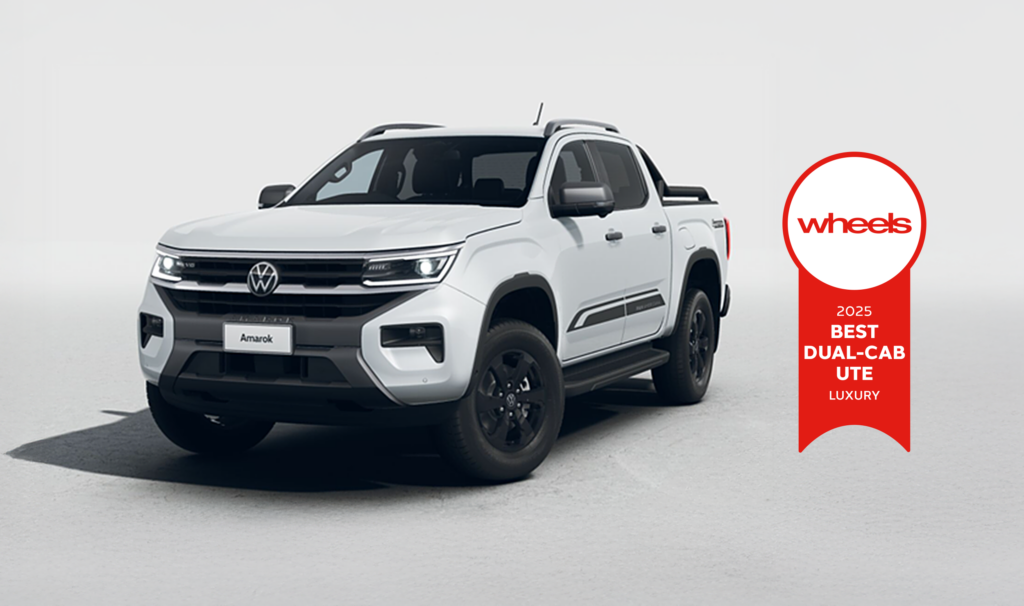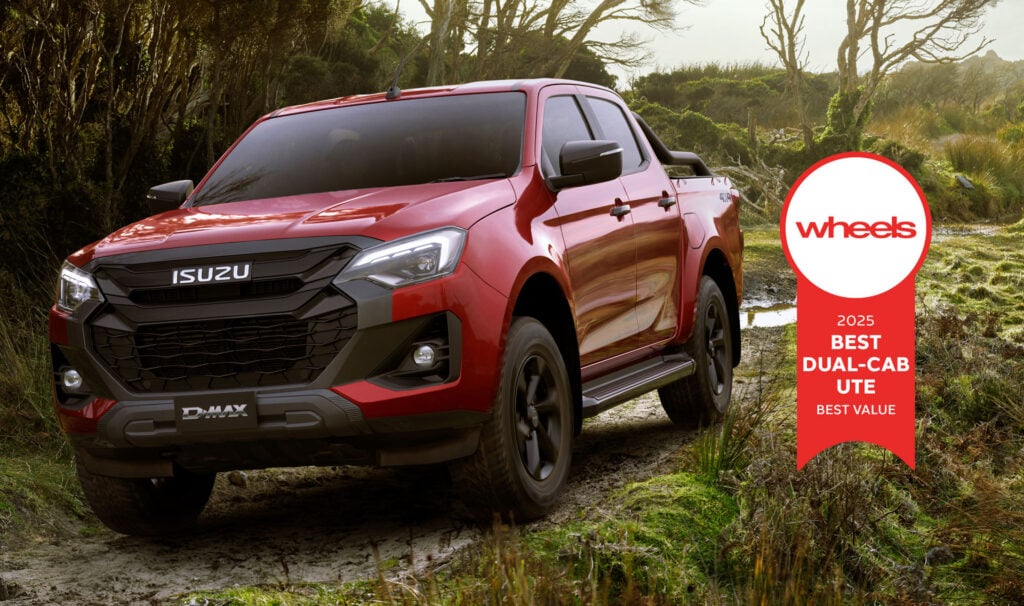
For several good reasons, mid-size 4×4 dual-cab utes are the go-to vehicle for thousands of Australians who like to tow.
Most of them offer a 3500kg braked towing rating. Their relatively long wheelbases are good for stability when towing. And they are more affordable than the big 4×4 wagons that also offer that 3500kg capacity, such as LandCruiser, Patrol and Land Rovers.
We’re spoiled for choice, too. With some of Australia’s biggest-selling vehicles in this 4×4 dual-cab ute category, manufacturers are falling over themselves to get product into the market for eager buyers.
This gives buyers options from lower-priced single-cabs in the $30,000 range right up to the heavily equipped sports utes such as the Ranger Raptor or more premium-focused variants such as the Volkswagen Amarok Aventura.
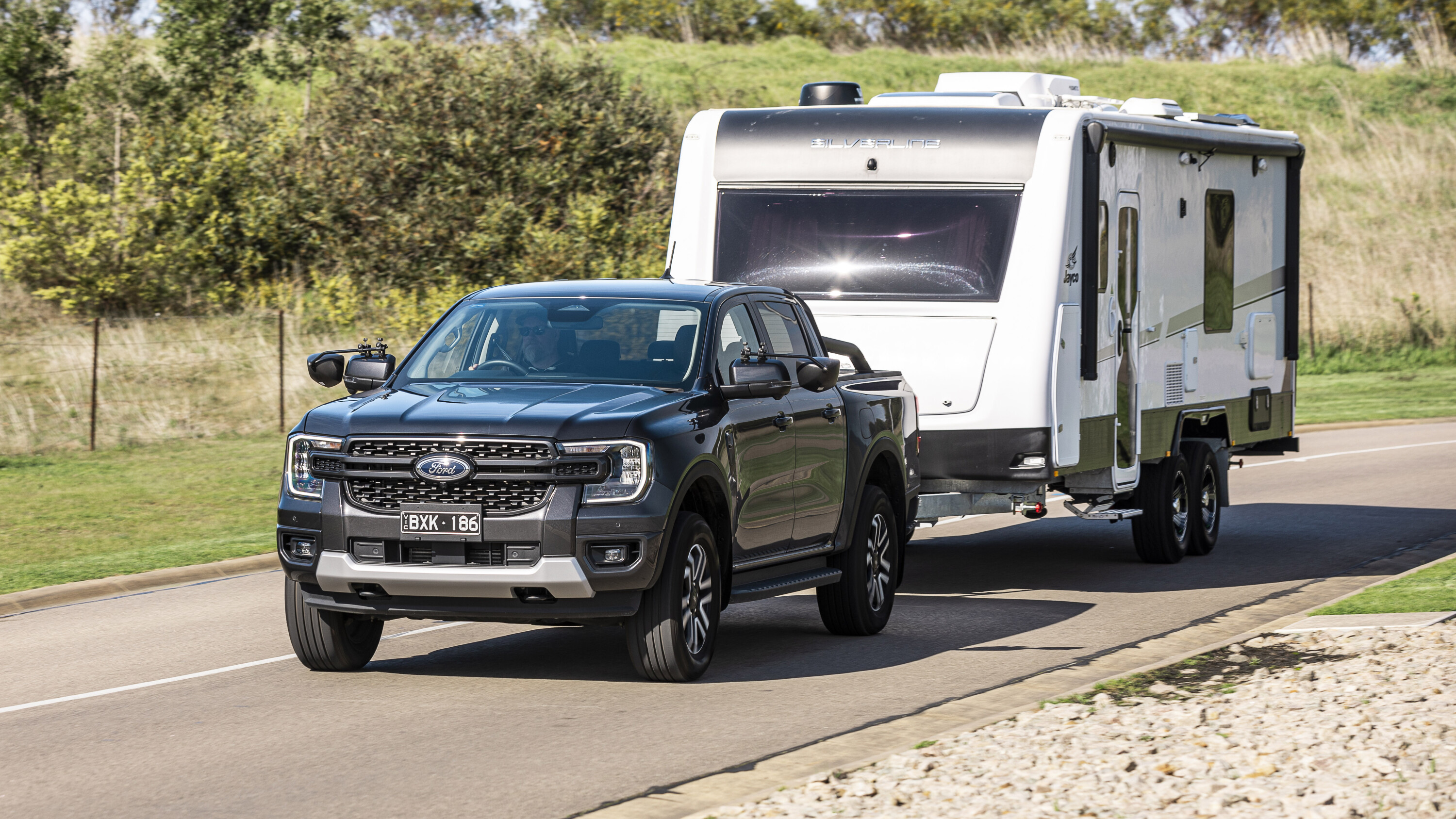
It’s been a year since the Ford Ranger hit the market and, when we tested it against its peers, it was the best of the pack by a long shot.
We scored the Ranger V6 as the best mid-size 4×4 for towing and the four-cylinder bi-turbo as second best. There was a lot of daylight between second and third places.
In the 12 months since that testing the only real news in the segment has been the launch of the second-generation Volkswagen Amarok. While you could think of the new Amarok as a Ranger in a German suit (or lederhosen!) because it shares its platform and drivetrains with the standard-setting Ford, it wouldn’t be right to pick the best towing rig without lining them up and testing them back-to-back.
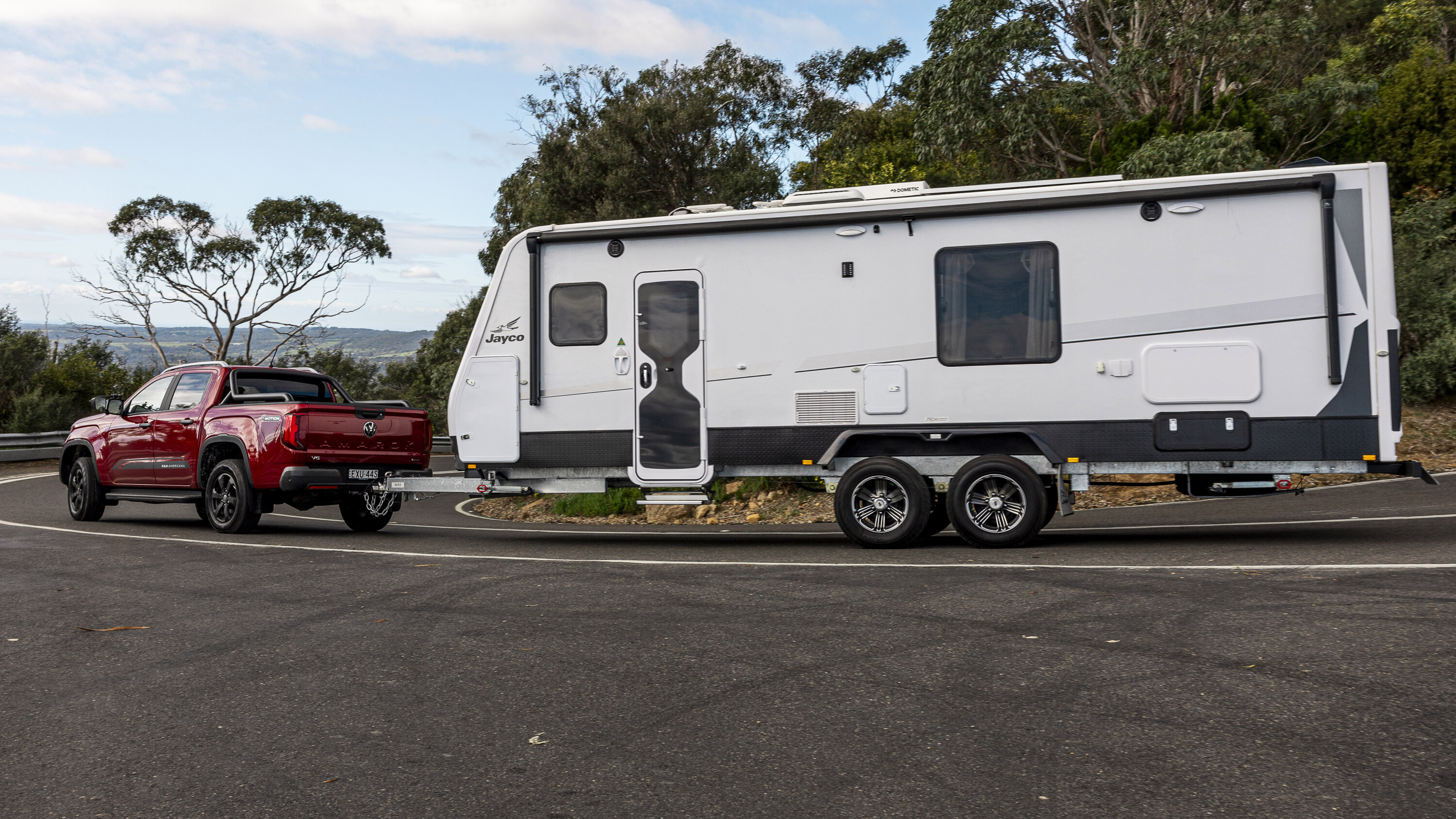
Non-identical twins
Volkswagen took the Ranger’s T6 light-truck chassis, 3.0-litre V6 diesel engine and 10-speed automatic transmission, and fitted it with a flash new suit of panels that give it a distinctly VW look and feel.
It delivered a similar job inside where the Amarok – tested here in $75,990 PanAmericana guise – gets softer feel touch-points, a bigger infotainment touchscreen than the $67,690 Ranger Sport as tested, and unique switch gear and controls.
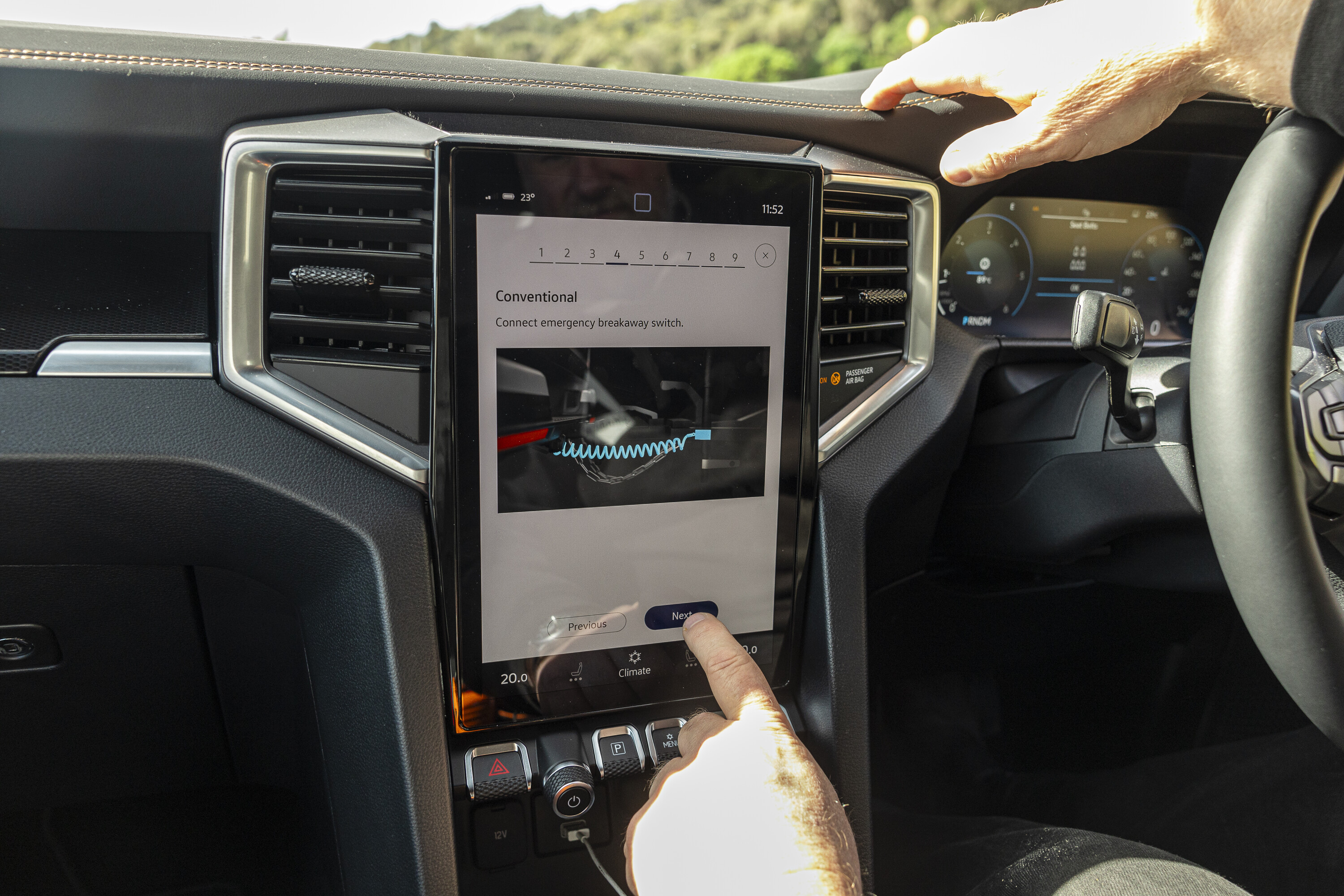
The V6 Ranger and Amarok have a rated towing capacity of 3500kg and the GCM is a healthy 6400kg so they are class-leading in that regard.
They both have inbuilt electric brake controllers and share their clever towing tech that includes customising the electronic driver’s aids to the size of your trailer, having a trailer light check feature, and a handy towing checklist for anyone for whom this discipline isn’t second nature.
To put them to the test we borrowed a Jayco Silverline Club caravan from the team at Page Brothers Jayco RVs and Caravans in Moorabbin. The dual axle van weighs in at 2700kg with approximately 170kg down on the tow ball. It’s a fairly typical example of the size and type of caravan you see being hauled behind utes all over Australia, so it suited our test perfectly.
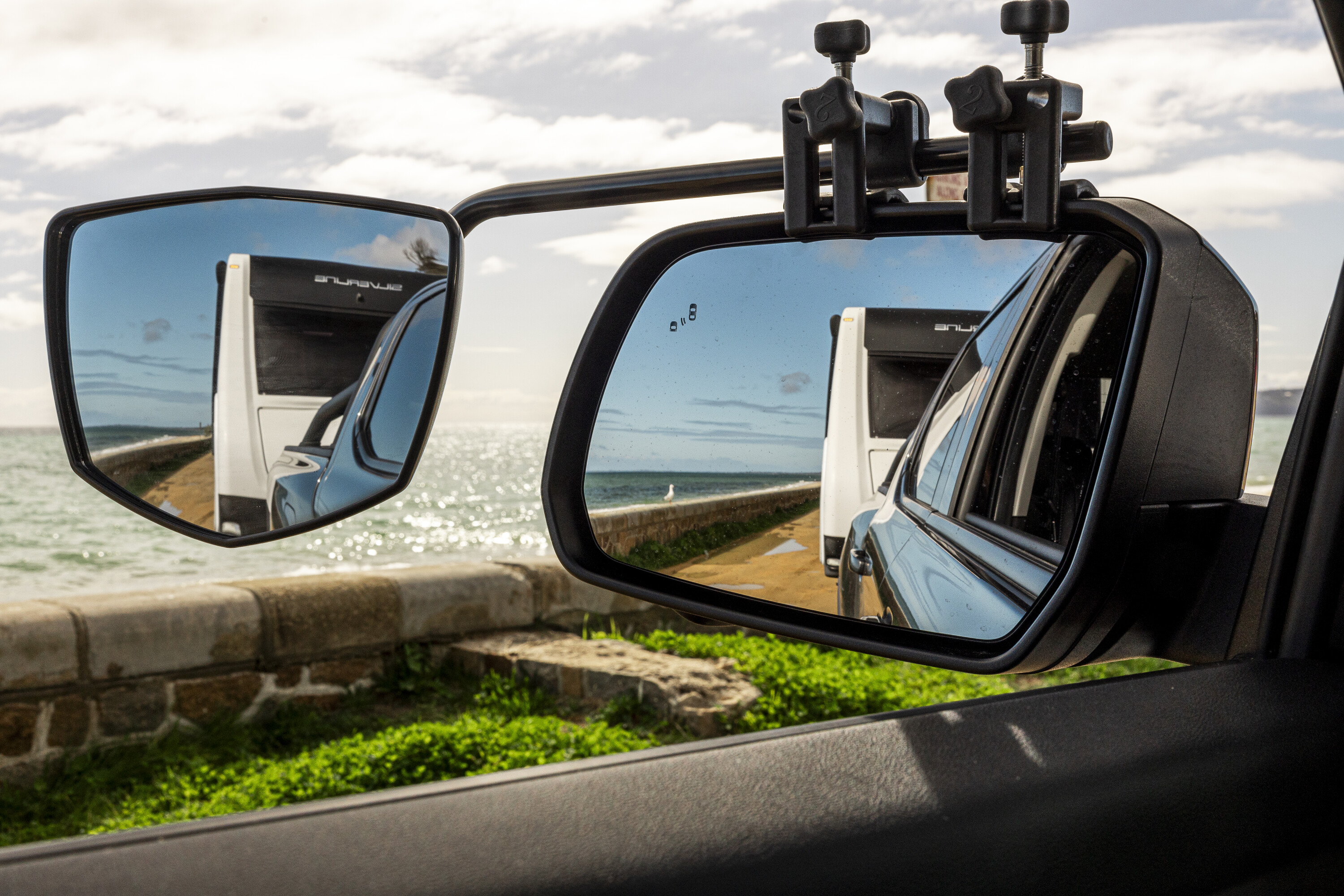
The Jayco van comes with its own electronic stability control that works in unison with the ESC and trailer sway control of both of these utes.
The engine outputs of the V6 in the Ranger and Amarok are 184kW and 600Nm, making them the most powerful in the class.
With this sort of grunt they both pulled the big caravan with ease, while the long wheelbase and size of the utes provided a stable platform. It terms of towing, you really couldn’t set the Amarok and Ranger apart; they do the job equally as well.
There’s an important distinction between the driving experiences when not towing, however.
Underneath, Volkswagen has used its own suspension calibration with firmer springs and shocks. The consequence is that the PanAmericana has a poorer ride than the Ranger both on and off road, with a tendency to rock passengers around in the cabin on less-than-smooth surfaces.
VERDICT
Although both utes are matched for excellent towing ability, the result isn’t a draw.
The Ford Ranger’s better ergonomics and superior ride comfort on and off road give the Blue Oval ute our nod here.
Best Utes: Read the full series
Wheels Best Utes 2023 is your ultimate guide to the top picks in this vast and varied segment.
We recommend
-
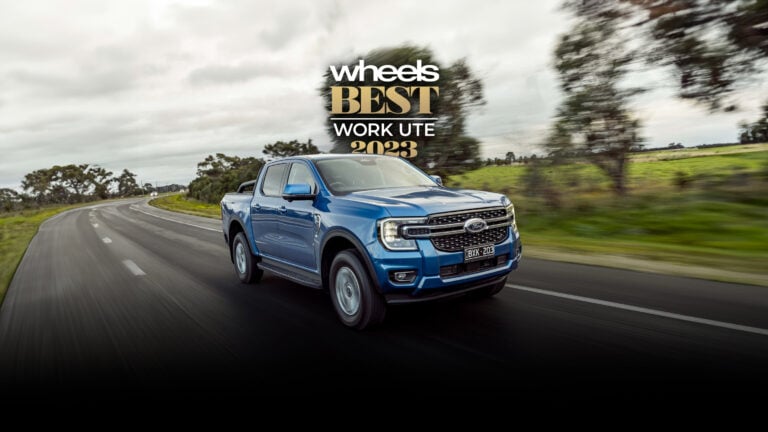 Best Utes
Best Utes2023 Best Work Ute: Ford Ranger XLT
Are you a tradie in the market for a new ute? You’ve come to the right place, because we are rounding up what we think are the top five 4x4 tradie utes available in Australia right now.
-
 Best Utes
Best UtesBest Performance Ute: Ford Ranger Raptor
Keen on a dual-cab ute that can work hard and play even harder? These are the best options for utes with some added spice
-
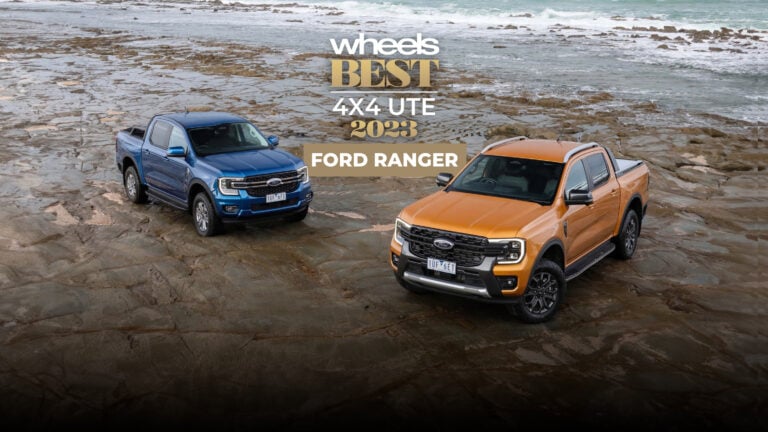 Best Utes
Best UtesBest Ute: Ford Ranger
Why Ford's locally designed and developed Ranger is top of the dual-cab class.


